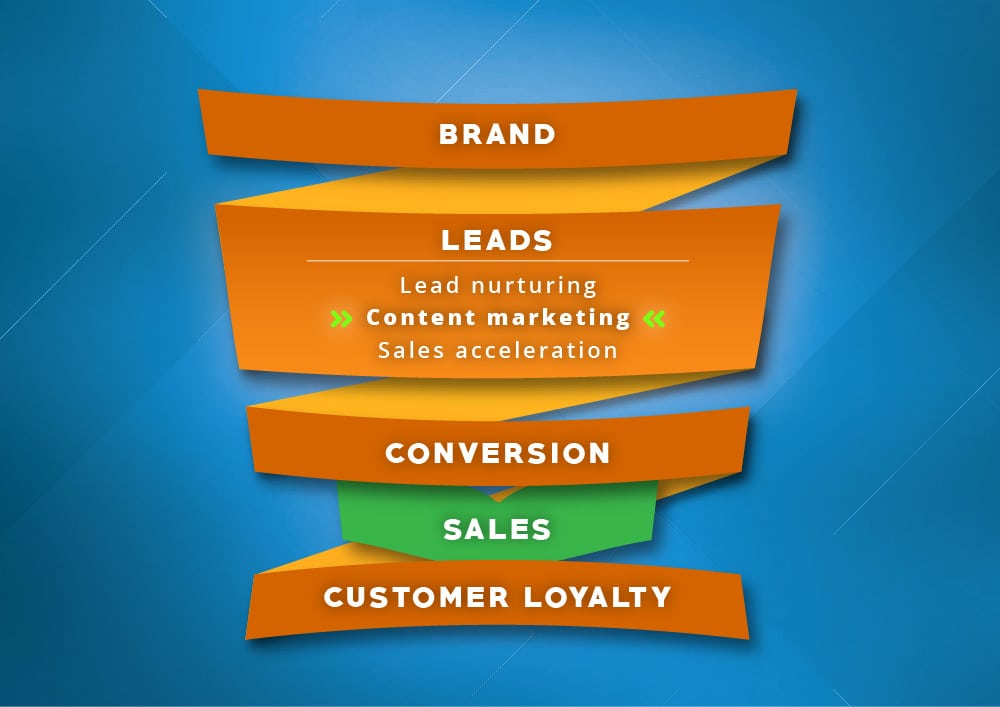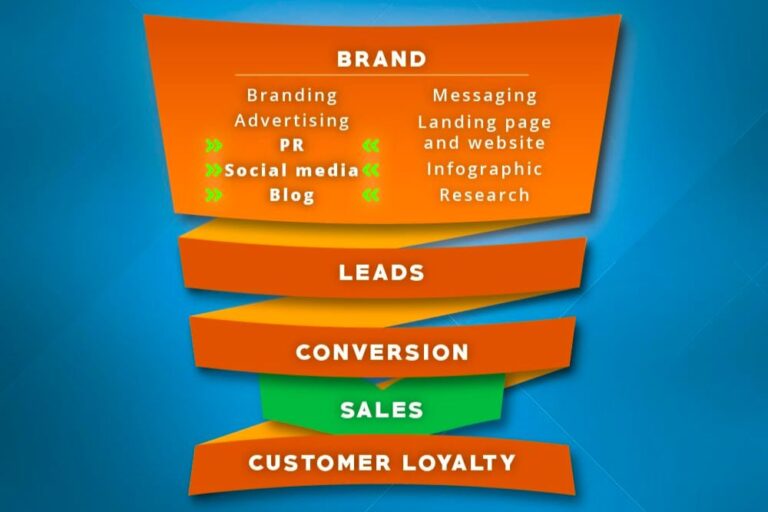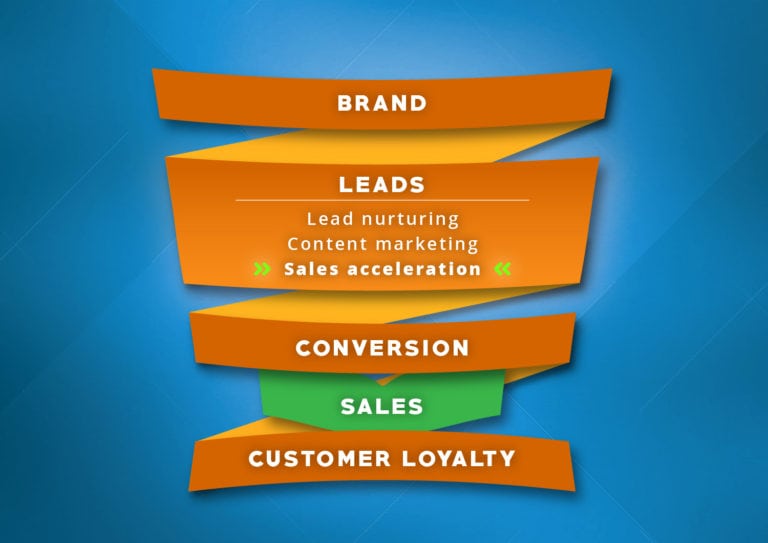In her latest blog on how marketing and PR can support the sales funnel, Becky Mellor considers the role of lead nurturing; also known as automated marketing or drip marketing. With long lead times in the health tech sector, a good content plan and great execution are key to keeping your leads engaged until they are ready to buy.
I have been writing about the types of PR and marketing activity best suited for different stages of the marketing and sales funnel. The first two blogs shared best practice tips on messaging and raising awareness. This blog considers the leads sitting in the middle of the funnel.
Let’s face it, the sales cycle in the health tech market can be very long. The first interaction that a trust, commissioner, GP or social care prospect has with your brand could come years before they are in a position to issue a tender or run a project with you.
So, you need a programme to keep your brand at the top of their minds until that happens. This is known as lead nurturing – or marketing automation or drip marketing – and it’s usually done via automated emails that are triggered when somebody visits your website, or clicks on a particular piece of content.
For example, an individual may click on a link within an email to your latest ‘top tips blog’. This would trigger an email a few days later, sharing a link to a case study. If that link is clicked, it would trigger another email inviting the individual to a webinar.
The General Data Protection Regulation or GDPR has raised question marks about this activity. Most people in the industry believe it can continue, as long as people are told that information about them will be collected and processed so it can happen, and they give their consent.
All the big software platforms that support automated marketing have issued advice on how they can be used in a GDPR-compliant fashion. However, I don’t want to make this another blog about the GDPR; or one about software platforms.
Instead, I want to talk about the content of those communications. As with any other branch of marketing, you need a good content strategy…
SEO and content go hand in hand
To help keep your brand top of mind, your content needs to be easily found. That means you need a website with a good search engine optimisation or SEO strategy.
SEO can feel like something of a dark art, because Google frequently changes the algorithm that it uses to return search results to users. A few years back, people were advised to stuff their content with keywords to appeal to the world’s dominant search engine.
Then, advice shifted to using links, meta-data, tags, and a strategic sitemap. Now, a lot of SEO advice focuses on how you structure pages – good headlines, secondary headlines, and even the length of copy can all be important.
But at the end of the day, what matters is that you create content that readers want to read. That’s what Google is looking to find, what will encourage people to stay engaged with you, and what will encourage them to recommend you to others.
Define your goal
With that in mind, a big question to ask is: what is the aim of your content marketing plan? Who do you want to produce content for?
The health tech market consists of varying levels of understanding and buy-in for new technology. Trust is a major factor in the decision-making process for health technology; prospects will engage with you if they trust you.
Your content presents an opportunity to show that you are an expert in your field and so your content plan should lean more in favour of education and getting your customers to pass on what they have learned from working with you. (Remember keeping your brand top of mind isn’t about selling, so your content should not be sales focused).
Research your target audience
If you work closely with your sales team and customers then you likely know your target audience well. Define your target persona, whether that be a clinician, a chief clinical information officer, a senior IT manager, a nurse, or a patient.
Ask yourself what problem you are helping them to solve. Ask yourself how you can demonstrate that your customers have solved that problem.
What to write
To create a coherent set of pieces, think about the learning curve your target customer may be on. Are they already a tech advocate and looking for ideas to share with their teams? Or is there a general sense of caution around your solution that you need to address?
In my experience, good sources of inspiration can be found in your product, sales and service teams and at health tech conferences. Or go on-site and spend some time with your customers. Highland Marketing is often asked to produce opinion pieces for customers, but case studies are consistently our most successful content type for PR and marketing campaigns alike.
Think about how you can link different pieces of content together as a way of keeping visitors to your website engaged for longer. For example, an infographic could link to a report which could link to a related press release which could link to the customer case study.
Determine what types of content you want to create
And there’s plenty to consider such as; whitepapers, blogs, interviews, infographics how to guides, best practice guides, case studies and market analysis/insight, to name a small few! At this stage think about the channels you will be using to promote your content – the channel may inform the type of content you create.
Plan your editorial calendars
Remember, Google likes fresh content; it encourages its crawlers to visit your site more frequently. Good new content registers higher in search engine results pages than low value, older content (although a good piece of content that has had time to generate a lot of clicks or links can still do very well for you).
To help ensure you regularly post fresh content, plan dates for publication. Set yourself deadlines and hit them! This could be driven by key conferences (industry or your own), NHS England updates, national service review reports or budget announcements. Or, of course, company activity, contract wins, or customer deployment landmarks.
Don’t forget to include a review of older content in your planning and check if there is a need to update it (that good, older content that is attracting a lot of visitors can give you an SEO boost, if it is refreshed and revisited – and a spring clean avoids readers coming across content that is out of date).
Here are some useful calendar templates:
Editorial calendar
Social media calendar
From marketing to sales
In 2018, content is still king; but it needs to be well-planned and executed, and to take advantage of new formats.
But while content marketing is helping to keep your brand top of mind, what role can sales acceleration play in qualifying leads and supporting the sales team?
Integrating marketing and sales teams, and using customer relationship management systems to properly qualify leads is one of my passions. And in the next blog, we will share our experiences of sales acceleration campaigns.






